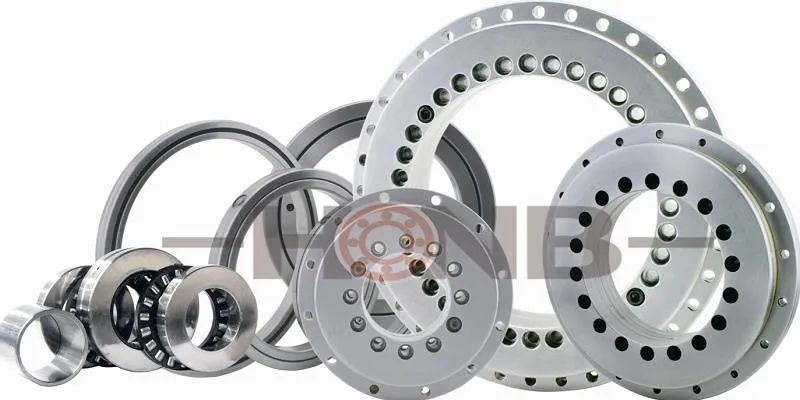Bearings are an important part of contemporary mechanical equipment. Its main function is to support the mechanical rotating body, reduce the friction coefficient during its movement, and ensure its rotation accuracy. With the increasing demand for bearings, problems such as premature damage of bearings and short service life have plagued every mechanical practitioner. What I want to share with you today is the method and technique of prolonging the service life of bearings. Welcome to exchange and share your experience.

Bearings with the same appearance under the same working conditions have very different actual life spans. What is the reason for this? Summarize the following points:
1. Improper installation (about 60%)
1. Excessive force during installation, among which hitting the bearing with a hammer is the biggest damage to the bearing; it is also the main cause of deformation.
2. The installation is deviated or not installed in the bearing position, resulting in too small bearing clearance. The inner and outer rings are not at the same rotation center, resulting in non-concentricity.
Suggestion: choose appropriate or professional bearing installation tools, and use special instruments to detect after installation.
2. Pollution (about 15%)
Pollution can also lead to premature bearing failure. Pollution refers to the entry of dust, metal shavings, etc. into the interior of the bearing. The main reasons include: opening the bearing package prematurely before use, causing pollution; the working environment is not clean during installation, causing pollution; the working environment of the bearing is not clean, and the working medium is polluted.
Suggestion: It is best not to unpack the bearings before use; keep the installation environment clean during installation, and clean the bearings to be used; strengthen the sealing device of the bearings.
3. Poor lubrication (about 15%)
According to the survey, poor lubrication is one of the main causes of premature bearing failure. Including not adding lubricant or lubricating oil in time; not filling lubricant or lubricating oil in place; improper selection of lubricant or lubricating oil; incorrect lubrication method and so on.
Suggestion: choose the correct lubricant or lubricating oil, and use the correct lubrication filling method.
4. Fatigue (accounting for about 10%)
Fatigue damage is a common damage method for bearings. Common causes of fatigue damage may be: long-term overloading of bearings; failure to repair in time; improper maintenance; equipment aging, etc.
Suggestion: choose the appropriate bearing type, and replace the fatigue bearing regularly and in time.


